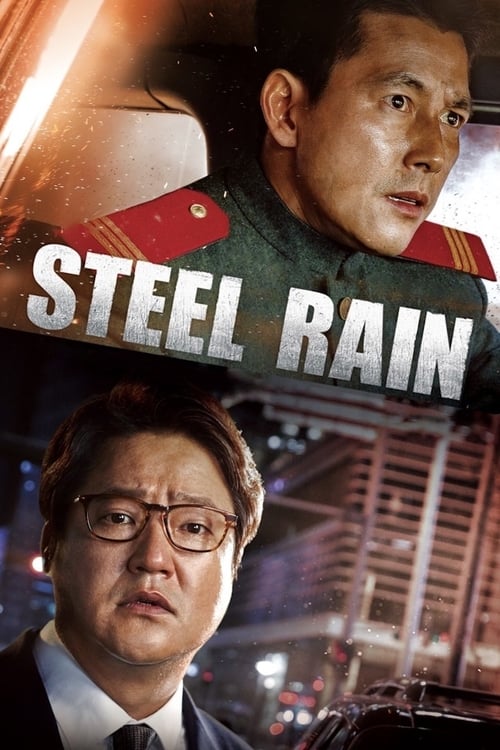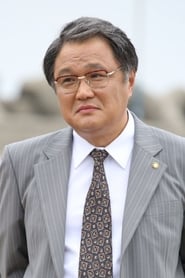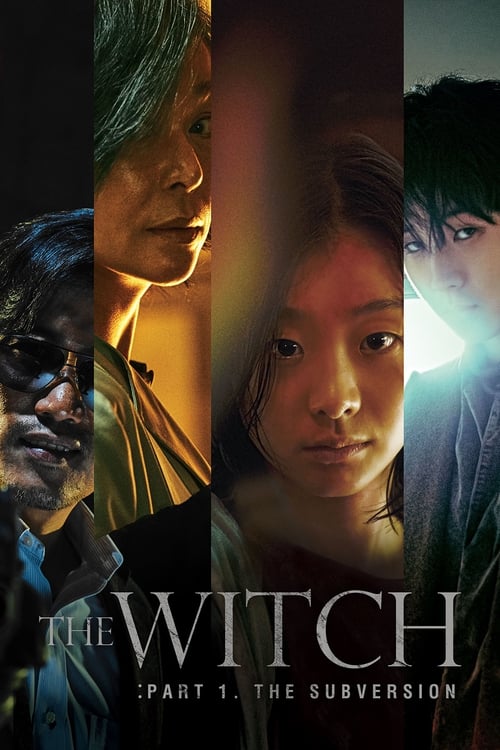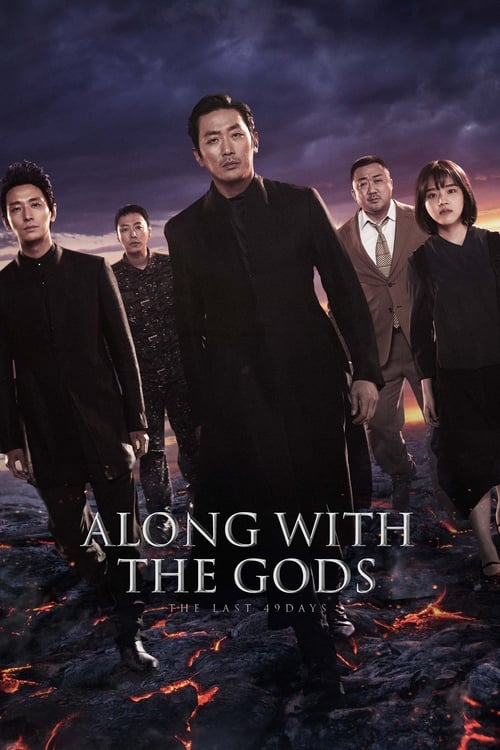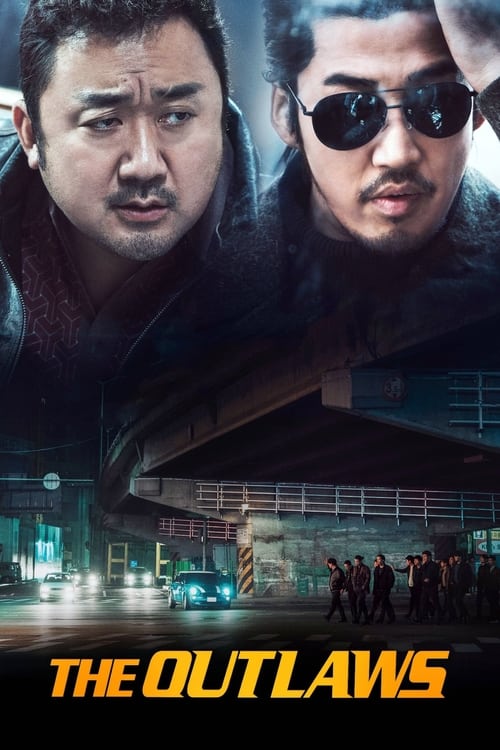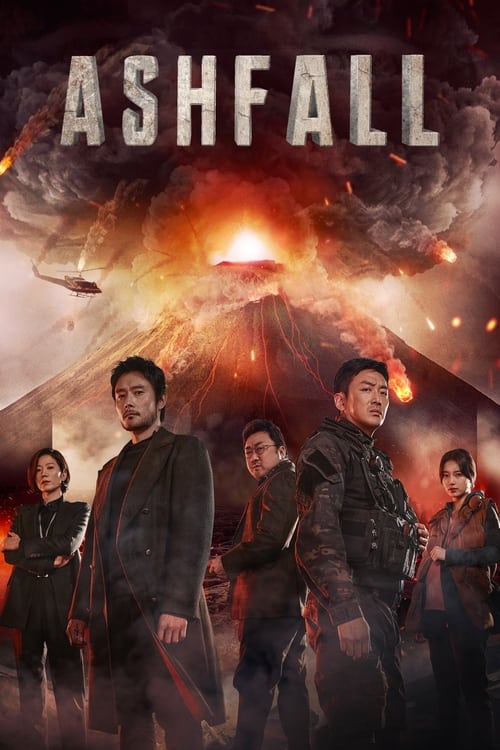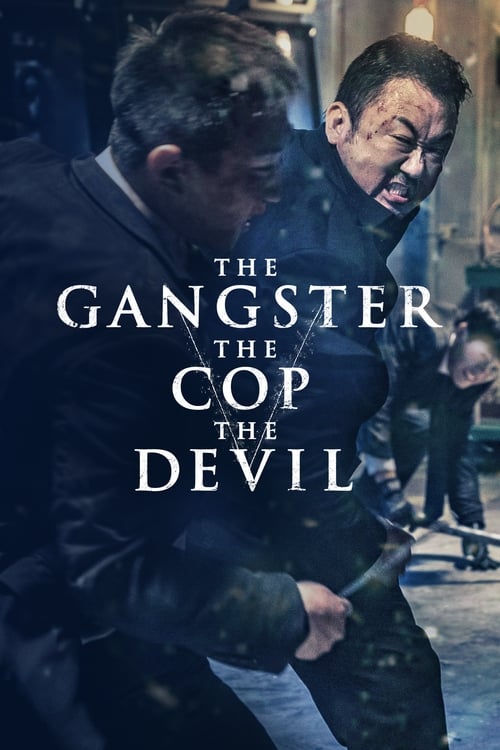
Ask Your Own Question
What is the plot?
What is the ending?
In the ending of "Steel Rain," the main characters, a North Korean agent named Jung Soo and a South Korean president named Lee, work together to prevent a nuclear war. They manage to expose a conspiracy that threatens both their countries. The film concludes with a tense standoff, but ultimately, they succeed in averting disaster, leading to a fragile peace.
As the climax of "Steel Rain" unfolds, the tension escalates dramatically. Jung Soo, having navigated through a web of deceit and danger, finds himself in a race against time. He is deeply motivated by a desire to protect his country and prevent the catastrophic consequences of a nuclear conflict. His internal struggle is palpable; he grapples with loyalty to his homeland while recognizing the shared humanity with those across the border.
In a pivotal scene, Jung Soo and President Lee are holed up in a secure location, surrounded by the remnants of a failed coup. The atmosphere is thick with anxiety as they sift through intelligence that reveals the true orchestrators of the impending war. The stakes are high, and both men understand that their actions could either lead to peace or total annihilation.
As they work together, the bond between Jung Soo and Lee deepens. They share personal stories, revealing their vulnerabilities and fears. Jung Soo reflects on his life in North Korea, the indoctrination he faced, and the sacrifices he has made. Lee, on the other hand, reveals the weight of leadership and the burden of making decisions that affect millions. This exchange humanizes them both, showcasing their shared goal of peace despite their opposing backgrounds.
The climax reaches its peak when they confront the military leaders who are pushing for war. In a tense standoff, Jung Soo and Lee present evidence of the conspiracy, risking their lives to expose the truth. The military leaders, initially resistant, begin to realize the gravity of the situation as Jung Soo and Lee's determination shines through. The scene is charged with emotion, as the characters face the possibility of their own deaths while fighting for a greater cause.
In the final moments, the conspiracy is unveiled to the public, leading to a dramatic shift in the political landscape. The military leaders are arrested, and the threat of nuclear war dissipates. Jung Soo and Lee stand together, a symbol of unity between their nations. The camera captures their expressions--relief mixed with the weight of what they have just endured.
As the film concludes, Jung Soo's fate is one of cautious optimism. He has chosen to return to North Korea, but with a newfound hope for change. President Lee, now more resolute in his leadership, prepares to navigate the fragile peace that has been established. The film ends on a note of uncertainty, but with the promise of a better future, leaving the audience to ponder the complexities of peace and the human spirit's resilience in the face of conflict.
Is there a post-credit scene?
In the movie "Steel Rain," there is no post-credit scene. The film concludes its narrative without any additional scenes or content after the credits roll. The story wraps up with the resolution of the main plot, focusing on the characters' fates and the implications of their actions throughout the film. The absence of a post-credit scene allows the audience to reflect on the intense political drama and the personal journeys of the characters without any further distractions.
What motivates the character of the North Korean leader in Steel Rain?
The North Korean leader is driven by a desire to maintain power and control over his country, as well as a deep-seated fear of losing his position. His motivations are further complicated by the political tensions with South Korea and the United States, leading him to make decisions that prioritize his regime's survival over the well-being of his people.
How does the relationship between the South Korean agent and the North Korean defector evolve throughout the film?
Initially, the South Korean agent views the North Korean defector with suspicion, seeing him as a potential threat. However, as they are forced to work together to survive a crisis, their relationship evolves into one of mutual respect and understanding. They begin to share their personal struggles and fears, which deepens their bond and highlights the shared humanity between them despite their national differences.
What role does the military play in the conflict depicted in Steel Rain?
The military serves as a significant force in the escalating tensions between North and South Korea. Various military leaders are depicted as being aggressive and willing to resort to violence to achieve their goals. Their actions create a backdrop of urgency and danger, as the protagonist characters navigate the precarious political landscape while trying to prevent a full-scale war.
What are the key events that lead to the assassination attempt on the North Korean leader?
The assassination attempt is set in motion by a series of escalating tensions, including military provocations and political maneuvering. Key events include a failed peace summit, intelligence leaks, and the discovery of a conspiracy within the North Korean regime. These elements create a volatile environment where factions within the military and government see the assassination as a means to secure their power and influence.
How does the film portray the theme of loyalty and betrayal among the characters?
Loyalty and betrayal are central themes in Steel Rain, illustrated through the actions of various characters. The South Korean agent grapples with his loyalty to his country versus his growing bond with the North Korean defector. Meanwhile, characters within the North Korean regime display betrayal as they vie for power, leading to shocking twists that challenge the protagonists' trust in one another. This theme is visually represented through tense confrontations and moments of decision that test each character's allegiance.
Is this family friendly?
"Steel Rain," produced in 2017, is not considered family-friendly due to its intense themes and mature content. Here are some potentially objectionable or upsetting aspects that may affect children or sensitive viewers:
-
Violence and Warfare: The film features scenes of military conflict, including explosions, gunfire, and combat situations that may be distressing.
-
Death and Injury: There are depictions of casualties and injuries, which can be graphic and emotionally impactful.
-
Political Tension: The narrative revolves around serious political issues, including the threat of nuclear war, which may be complex and frightening for younger audiences.
-
Emotional Turmoil: Characters experience significant emotional distress, including fear, betrayal, and moral dilemmas, which may be heavy for sensitive viewers.
-
Adult Themes: The film explores themes of loyalty, sacrifice, and the consequences of war, which may not be suitable for children.
Overall, the film's mature content and serious themes make it more appropriate for adult audiences.

